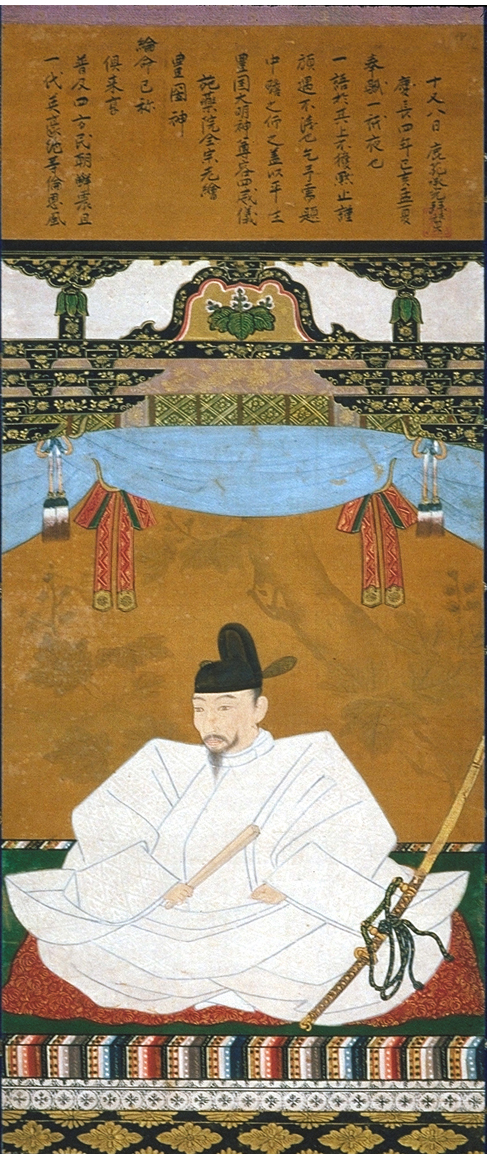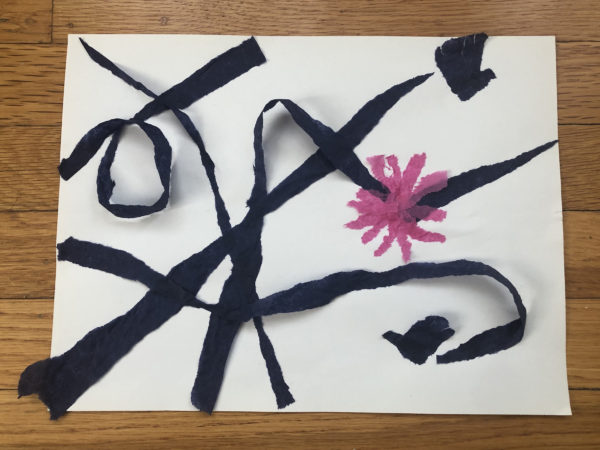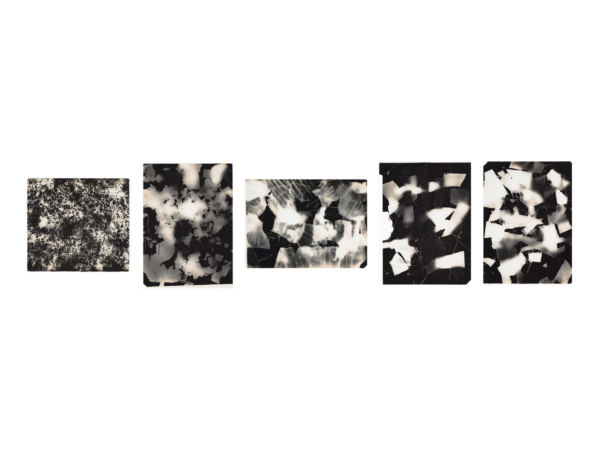Activity
Historical Background of the Edo Period (1615–1868)

Portrait of Toyotomi Hideyoshi, 1599, by Seisho Shotai.
Introduction
Japan’s Edo period dates from 1615, when Tokugawa Ieyasu defeated his enemies at Osaka Castle, to 1868, when the Shogun’s government collapsed and the Meiji emperor was reinstated as Japan’s main figurehead. This 250-year period takes its name from the city of Edo that started out as a small castle town and grew into one of the largest cities of the modern world, now called Tokyo. Much of this tremendous growth happened during the Edo period. The Edo period is also known as the Tokugawa period, named for the ruling family of Tokugawa.
The Edo period was the first stretch of prolonged peace in Japan since the Heian period (794–1156). This meant that the Japanese could again pursue a better standard of living. Although there were occasional natural and economic disasters that disrupted life, the period is one of agricultural development, urbanization, increased education and literacy, commercial prosperity, and a flowering of artistic production.
How did the Edo period come into being?
Prior to Edo, Japan suffered more than a century of civil war (1467–1568) known as the Sengoku period (“country at war”) with regional warlords battling each other for supremacy. From about 1560–1590, the various domains were united through the efforts of two powerful daimyo (regional rulers), Oda Nobunaga (1534–82) and Toyotomi Hideyoshi (1536–98) (see image above). After Nobunaga was assassinated in 1582, Hideyoshi strove to consolidate control and stability, and secure his own succession. However, his failed attempts to invade Korea in 1592–1598 dwindled his resources. His son was too young to succeed him when he died of illness in 1598. At this point, Hideyoshi’s former allies competed for leadership. Tokugawa Ieyasu (1542–1616) emerged the strongest, and completed Japan’s unification under Tokugawa hegemony.
Ieyasu stamped out the last remnants of Hideyoshi’s family and retainers when he occupied Osaka Castle in 1615, marking the official start of the Edo/Tokugawa period.
What is a shogun, and how did he rule Japan?
Shogun is a title granted by the Emperor that means commander-in-chief. The bakufu (warrior government) set up by the Tokugawa, controlled a network of daimyo (regional lords), who in turn ruled relatively autonomously over their respective domains that had been granted by the Shogun. Mindful of the civil wars that immediately preceded Edo unification, the bakufu instituted restrictive laws to ensure control. To keep the daimyo in check the Shogun required them to rotate their residence, spending alternate years at home and in Edo. Their families lived in Edo year-round as virtual hostages. Should the daimyo attempt to go against the shogunate, their lives would be in peril. The domains of formerly allied daimyo might be moved to distant areas to keep them from plotting against other daimyo or the Shogun. In addition to controlling activities within the country, the Shogun expelled foreigners, virtually sealing Japan off from direct contact with the outside world.
Why was this exclusion policy thought necessary?
Portuguese traders first arrived in Japan in 1543, marking the beginning of a period of nearly 100 years of contact between Japanese and Europeans, many of whom were Christian missionaries. The first to arrive were traders, who brought firearms that transformed methods of warfare in Japan tipping the scales in favor of the daimyo who quickly mastered this new technology. Later visitors included missionaries, such as the now-sainted Francis Xavier, who arrived in 1549 as a passenger on a Chinese boat. Many of the missionaries were aggressive converters, bringing several daimyo and thousands of commoners into the faith. The Christians angered the shogunate when they involved themselves in political conflicts, posing a real threat to the Shogun’s control. In 1614 an official judgment on the subversiveness of Christianity was published stating that Christians were trying to take over Japan, and that their religion taught them to:
“contravene governmental regulations, traduce Shinto, calumniate the True Law [Buddhism], destroy righteousness, corrupt goodness”—in short, to subvert the native Japanese, the Buddhist, and the Confucian foundations of the social order.1
The Shogun banned Christianity, expelled missionaries from the country, and began to persecute those who had converted and refused to renounce the faith.
How was society structured?
Tokugawa rule was founded on Confucian principles, which called for a structured society, with the emperor at the top and educated soldiers (the Shogun and samurai) administering the government. Below them were the primary producers, farmers, who paid stipends in rice to support the military class. Below farmers in status were secondary producers, artisans. Merchants were at the very bottom of the social hierarchy. Ironically, it was the groups with the lowest status, merchants and artisans, collectively called chonin, who seemed to prosper during the Edo period, creating an imbalance between status and actual wealth.
The chonin influenced artistic production and Edo period life in general, especially during the first century of the period. The second century, between 1700–1800, was relatively stable with occasional political disruptions and economic hardships. Restrictions on the importation of foreign books was lifted by Shogun Yoshimune, allowing intellectuals to more freely pursue studies based on Chinese and Western sources. This period also witnessed a flourishing of artistic styles, which we have tried to represent in the slides in this packet.
After 1800, severe problems began to arise resulting from the shogunate’s over-reliance on an agrarian economy, with rice as its foundation. Price fluctuations and droughts made the economy very unstable. A bad crop meant samurai stipends dropped below poverty levels, and farmers began to migrate to urban areas to find a more stable income. Local peasant uprisings became more common and were eventually directed against the shogunate.
How did the Edo period end?
The end of the Edo period is often described by Westerners in these terms: US Commodore Matthew Perry’s black ships forcibly opened Japan to the outside world, Japanese found themselves unprepared to compete technologically with Western powers, so they rushed to modernize, ultimately becoming one of the world’s most technologically advanced countries in only about 100 years. While true to a point, the major changes that happened in Japan from around 1850–1920 had their impetus from within the country as well as from with- out. The transformation from Edo to Meiji is a complex phenomenon, but is characterized by a shift in the following areas, which began during the Edo period:
- change in class relations from hereditary to merit-based
- from shogun to imperial rule
- from isolation to integration in the world economy
- increasing centralized political control
- enhanced systems for interchange of goods
- compilations of statistics about land, food production and population.
The national security issues brought in by Perry and his demands for treaties caused internal problems in Japan. The Shogunate and the imperial court were in disagreement on what to do, which created dissension among daimyo and courtiers, and among the daimyo themselves who had diverse allegiances. Two domains, Choshu and Satsuma, began to act as mediators between the court in Kyoto and the shogunate in Edo, both leaning their support towards the imperial court. Other samurai followed suit and proclaimed loyalty to the emperor and hostility to foreigners, rallying behind the slogan “Expel the Barbarians!”. A civil war in Choshu from 1864–1865 brought in shogunate troops and further fueled anti- shogun sentiment there. In 1866, Choshu defeated the government forces. Two years later, Choshu and Satsuma allied to defeat the Shogun’s army at Toba-Fushimi, causing the Shogun to pull out of western Japan, and surrender to imperial forces in 1868, marking the close of the Edo period.
1Hall, John Whitney, ed. The Cambridge History of Japan: Early Modern Japan. Vol. 4. Cam- bridge, England: Cambridge University Press, 1991, p. 367.






